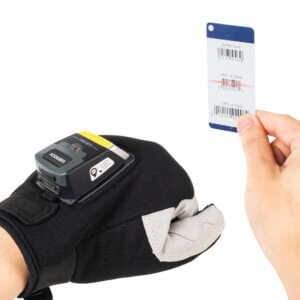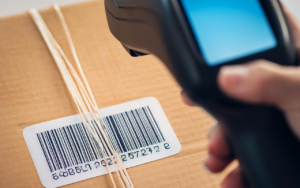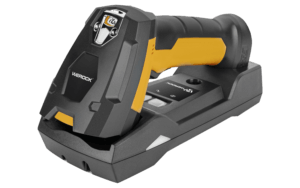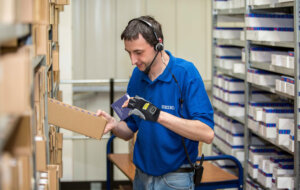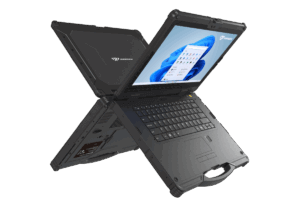An introduction to 1D and 2D-Barcodes
Barcodes have become an integral part of our daily lives. They can be found on practically every product we buy and enable fast and efficient data processing. In this blog post, we will give you an overview of the basic properties of barcodes, how they work, the differences between 1D and 2D-Barcodes and how to create your own.
What is a barcode?
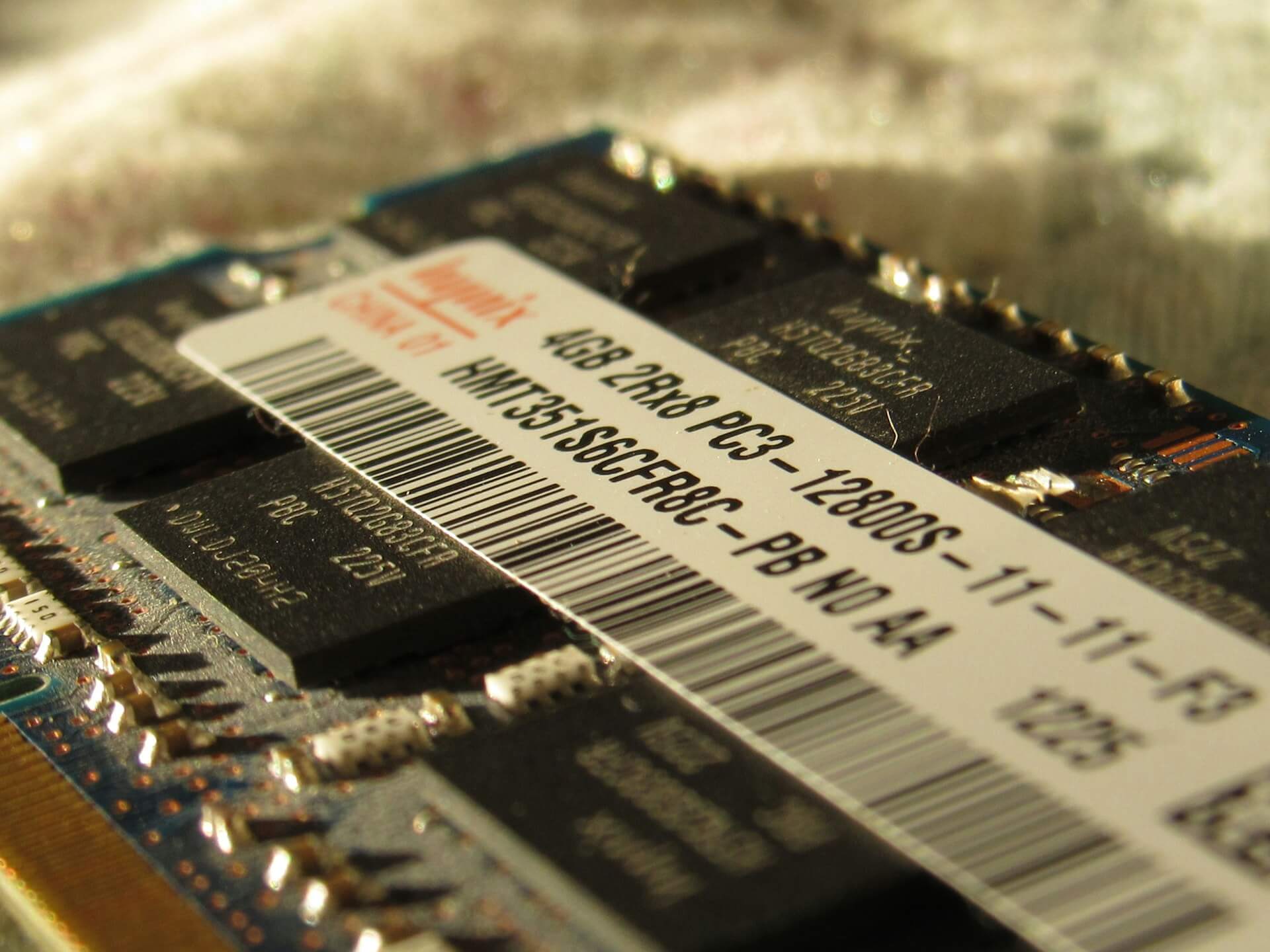
The barcode is an optically readable representation of information and is often referred to as a barcode. The information on the barcode is encoded in the form of such bars and spaces of different widths. Just imagine that each bar and gap is a letter in a special alphabet that only machines understand. The information is then read by machines using optical readers such as scanners or cameras and processed electronically. The main purpose of barcodes is the identification of objects. Each barcode is unique and is used to uniquely identify a product, person or place.
There are two types of barcode: the 1D-Barcode, which, as mentioned above, has bars and spaces, and the 2D-Barcode. The 1D-Barcode (one-dimensional barcode) has a linear structure and offers a lower data capacity than its counterpart, the 2D-Barcode. The 2D-Barcode (two-dimensional code), on the other hand, has a square structure and can therefore hold considerably more information, such as text, images or URLs.
The way barcodes work is actually quite simple:
The desired information, such as article numbers, price, location or person, is translated into a specific code system. This is referred to as coding. This coded data is graphically displayed as a pattern, which a barcode reader captures from reflections (light and dark) using a laser or LED light, for example. The reader translates this light pattern back into its original information. This is referred to as decoding. The barcode reader thus serves as a translator, to put it crudely.
How does a 1D-Barcode work?
As already mentioned, the 1D-Barcode is basically a sequence of black and white bars of different widths. These bars contain the coded information that a barcode reader can decode and translate.
Both numeric and alphanumeric data are used in 1D-Barcodes. In most cases, numeric data usually predominates, as it can be encoded more efficiently and the character set is less complex than alphanumeric data. This is also due to the fact that many applications, such as article numbers, prices, serial numbers, quantity information in retail or the tracking of shipments in logistics, primarily require numeric data.
Although numeric data dominates, some 1D-Barcode symbologies can also display alphanumeric characters. Code 39 is one of the oldest and best-known 1D-Barcodes, as it can display all digits, capital letters of the English alphabet and some special characters. A very flexible 1D-Barcode that must be mentioned here is Code 128, which can display all 128 ASCII characters including all alphanumeric, special and control characters.
Both of these alphanumeric 1D-Barcodes are used, for example, to identify products in logistics, in libraries and bookshops to identify books with ISBN numbers and in production facilities to identify components and products with alphanumeric serial numbers.
How does a 2D-Barcode work?
A 2D-Barcode uses a two-dimensional surface to encode information and therefore offers a much higher storage capacity. It consists of a square or rectangular pattern that is divided into a matrix. Each cell of this matrix is called a module, in which the arrangement and fill level in black and white determine the encoded information. To ensure that the barcode is readable even if it is damaged, 2D-Barcodes contain error correction mechanisms. The 2D-Barcodes are also read using a light source or a camera and then decoded accordingly in the system.
Differences between 1D and 2D-Barcodes
The development of barcodes began in the 1970s with simple 1D-Barcodes. These were initially used in the retail sector to speed up checkout processes. This was the introduction of EAN-13 symbology. EAN still exists today for the retail sector and is also known as the European Article Number. In the 1980s, Code 39, which was introduced in the previous chapter, and Code 128 became widespread in the industry. The first 2D-Barcodes were developed around 10 years later.
The so-called DataMatrix code, which is used both as a label for printed circuit boards in electrical production and as a code on tickets, paid postage Stamps and in the healthcare sector for electronic prescriptions and on pharmaceutical packaging, is one of the most widely used 2D codes in the industry.
Now we come to another 2D-Barcode that has become very popular in recent years, the QR code. This was mainly developed for the automotive industry to track assemblies and components for the logistics of car production at Toyota. The introduction of smartphones and tablets has greatly expanded the range of applications for the QR code and you can now find it on business cards, advertising posters, restaurant menus, tickets, links to websites on flyers and much more.
The last widely used 2D-Barcode is the PDF417. This is used by authorities for boarding passes in air traffic, lottery receipts, certificates of incapacity for work and also for ID documents in various countries, as fingerprints can also be read in addition to the general data.
Despite the different codes, most of the barcode scanners available, including our Rockscan W100, can read both 1D and 2D-Barcodes.
How can barcodes be created?
You can use professional software solutions such as BarTender and Nicelabel to create barcodes, but many ERP systems are also available with integrated barcode functions. If you are planning to purchase an ERP system, you should definitely pay attention to the requirements you have for your barcodes. There are also a number of online tools on the Internet as well as plugins/add-ons for Word and Excel.
For professional applications, however, we recommend the use of specialized software that offers extensive customization options and high reliability.
Digression: Why does the free barcode font often not work when scanning?
Barcodes have self-checking mechanisms that increase reading reliability. If a correct check digit is missing, the barcode cannot be read. For this reason, self-created barcodes are often unreadable without the appropriate software. Complete barcodes, start and stop characters also play a decisive role in the correct recognition and decoding of barcodes. Start and stop characters also serve as unique markers that signal the start and end of a barcode. Under certain circumstances, errors can creep in here, leading to incorrect translations and ultimately rendering the barcode unusable. This is where you quickly reach your limits with simple on-board tools such as Word or similar.
Conclusion
Reference to our scanning options
We have the right solution for all your barcode challenges. In our “Mobile data Collection” category, you will find our Rockscan W100, which can read all common 1D and 2D-Barcodes easily and efficiently. The Rockscan W100 offers 5,000 scans per charge and can be expanded at any time for different ergonomic application scenarios using flexible accessories.
